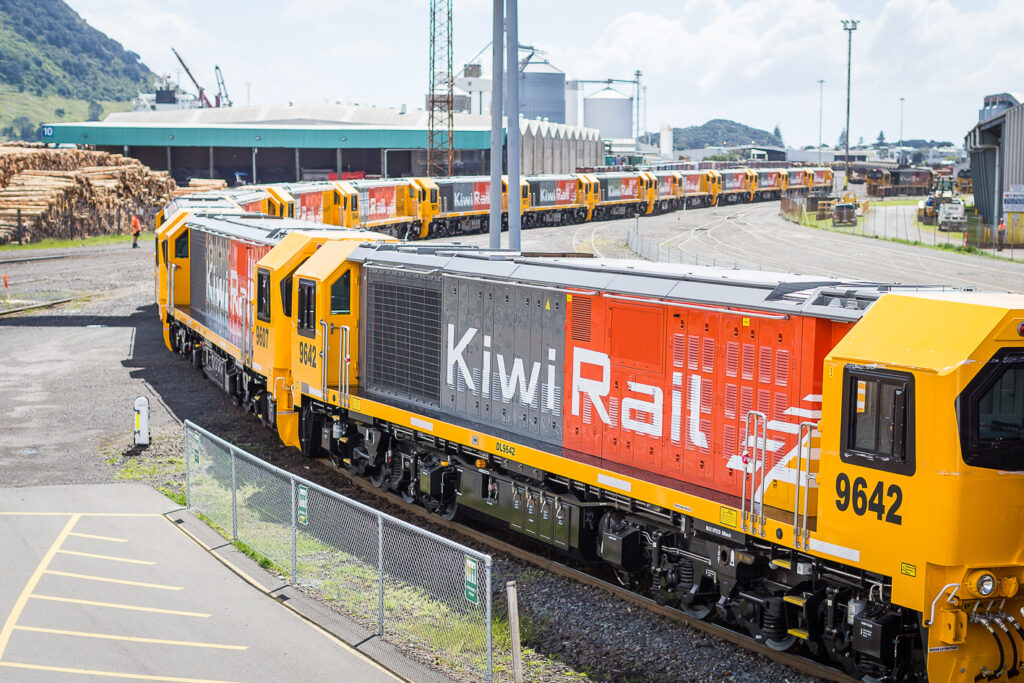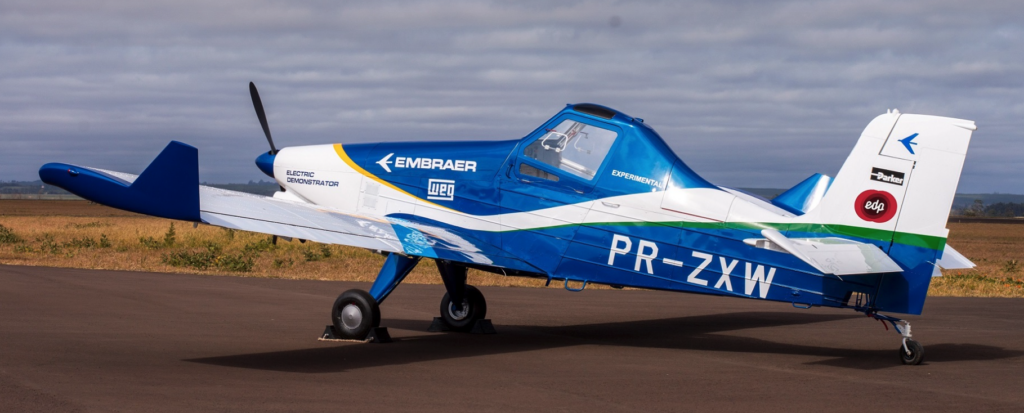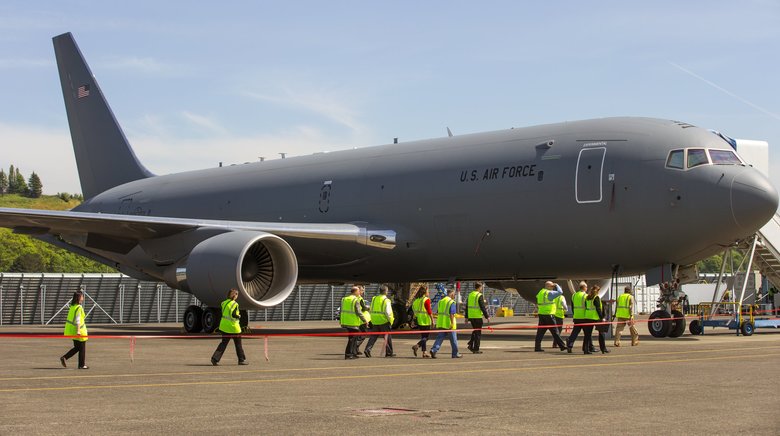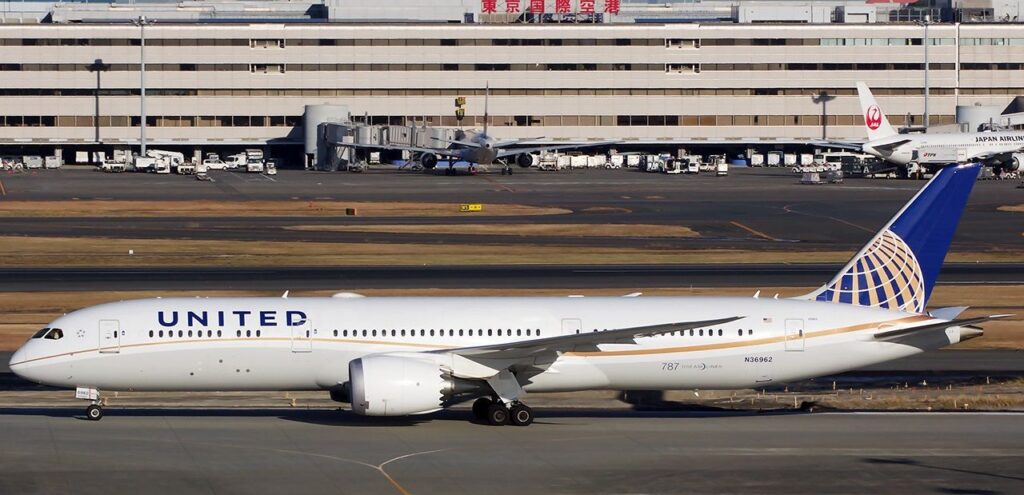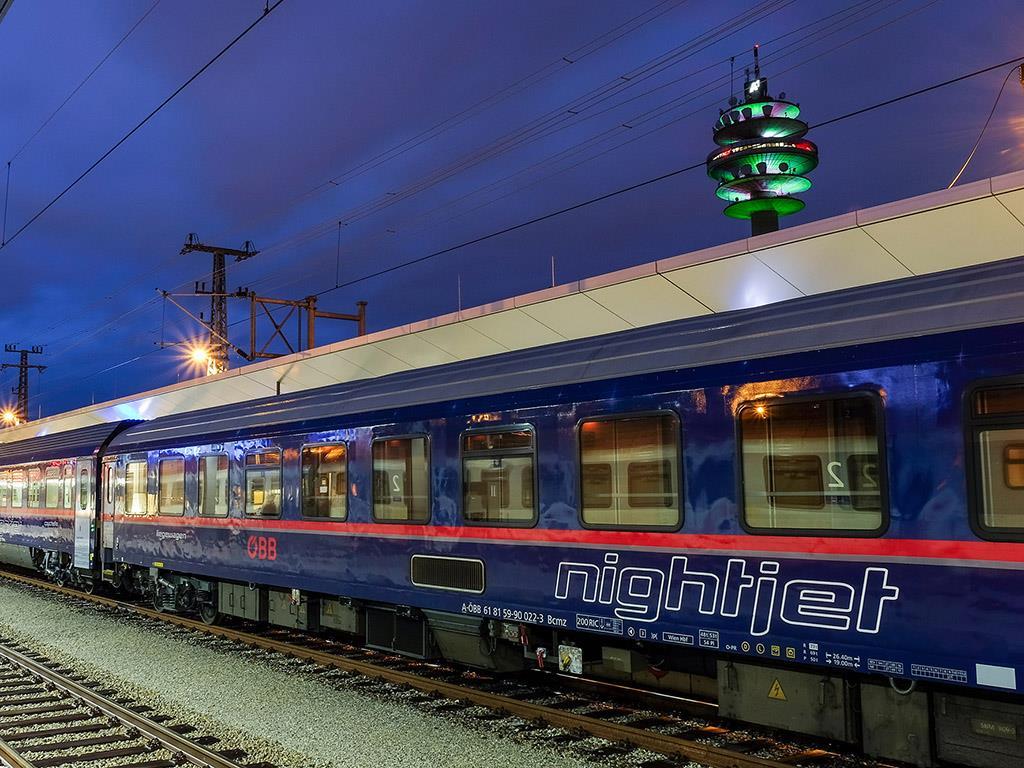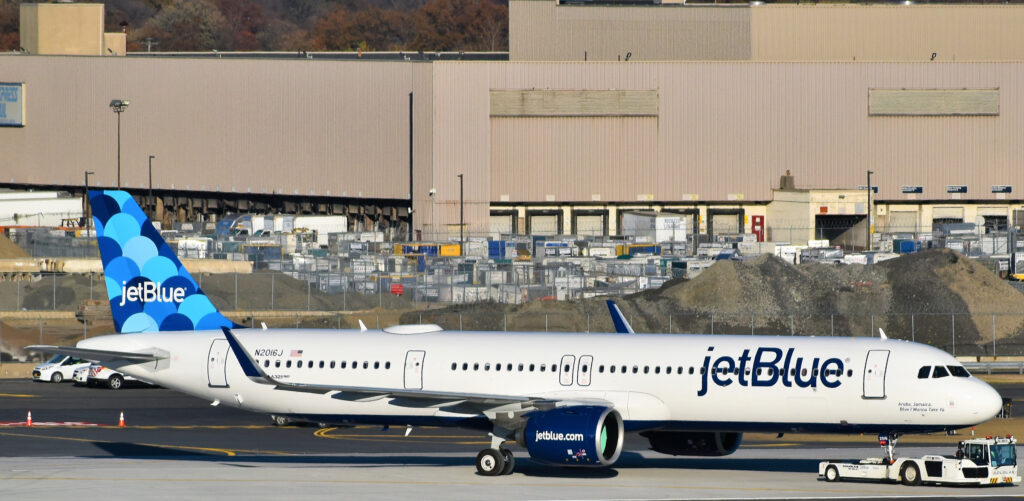COVID-19 Impacts KiwiRail’s Fiscal Year 2020 Result
The COVID-19 pandemic had a significant impact on KiwiRail’s bottom line for the past financial year, but rigorous operational changes and cost savings measures have helped stabilise the business, KiwiRail chairman Brian Corban says. KiwiRail…
